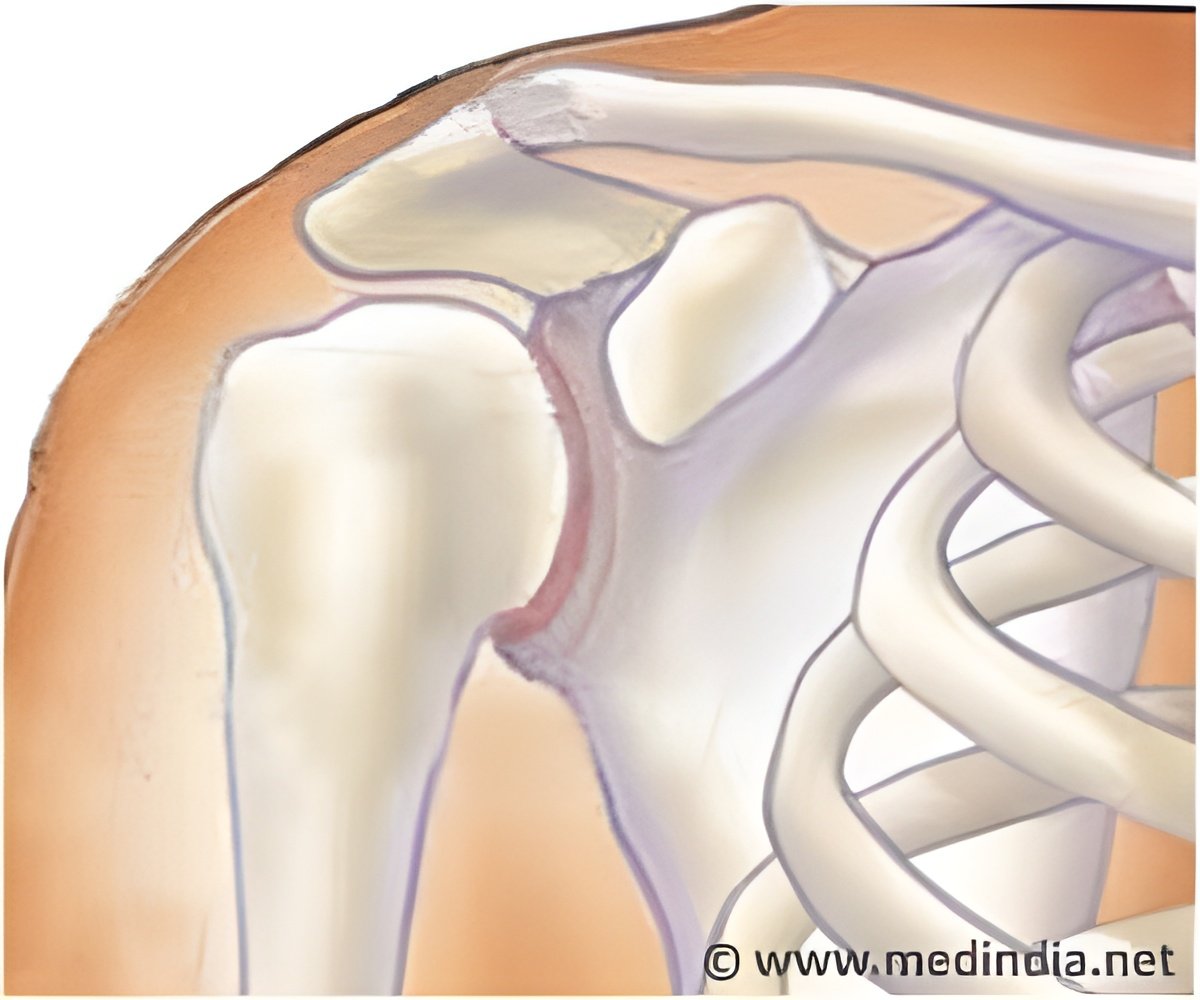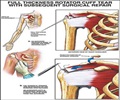
‘The Reverse Total Shoulder Arthroplasty (RTSA) technique--using an implant in which the natural locations of the shoulder "ball and socket" are reversed--uses other muscles to move the shoulder, providing an alternative when the rotator cuff is severely damaged or destroyed.’
Tweet it Now
Despite a substantial risk of complications, most patients are satisfied with the outcomes of RTSA at follow-ups of a decade or longer.Stable Long-Term Results of RTSA in Patients Younger than 60
The researchers analyzed the long-term outcomes of Reverse Total Shoulder Arthroplasty [RTSA] in 20 patients, average age 57 years. All had "massive, irreparable" tears of the rotator cuff muscles, causing shoulder "pseudoparalysis,"with little no ability to lift the arm.
This group of patients typically gets limited benefit from shoulder replacement with conventional implants, which rely on the rotator cuff muscles to provide shoulder movement.
The Reverse Total Shoulder Arthroplasty [RTSA] technique--using an implant in which the natural locations of the shoulder "ball and socket" are reversed--uses other muscles to move the shoulder, providing an alternative when the rotator cuff is severely damaged or destroyed.
When first introduced, Reverse Total Shoulder Arthroplasty [RTSA] was performed mainly in elderly patients who placed low demands on the shoulder.
Advertisement
The new study focused on long-term outcomes of RTSA in patients under age 60. The patients underwent follow-up examination between eight and 19 years after surgery (average 11.7 years). Three patients had RTSA in both shoulders, for a total of 23 procedures.
Advertisement
Patients' ratings of "subjective shoulder value" improved from 20 percent to 71 percent (compared to 100 percent for a normal shoulder). Shoulder movement and strength increased, while pain decreased. The improvement was similar for patients with and without prior shoulder surgery.
However, complications occurred in 39 percent of the shoulders. Further surgery was required in six shoulders; in two cases, the RTSA procedure was considered a failure.
When complications occurred, long-term shoulder functioning was not as good but even with the high complication rate, 72 percent of patients rated their satisfaction level as excellent or good.
The results alleviate concerns that the clinical benefits of RTSA might not hold up over time in younger, more active patients. Despite its high complication rate, Dr. Gerber and colleagues conclude that RTSA "provides substantial and lasting improvement" in shoulder function and pain, in a group of patients with limited treatment options.
Source-Eurekalert










